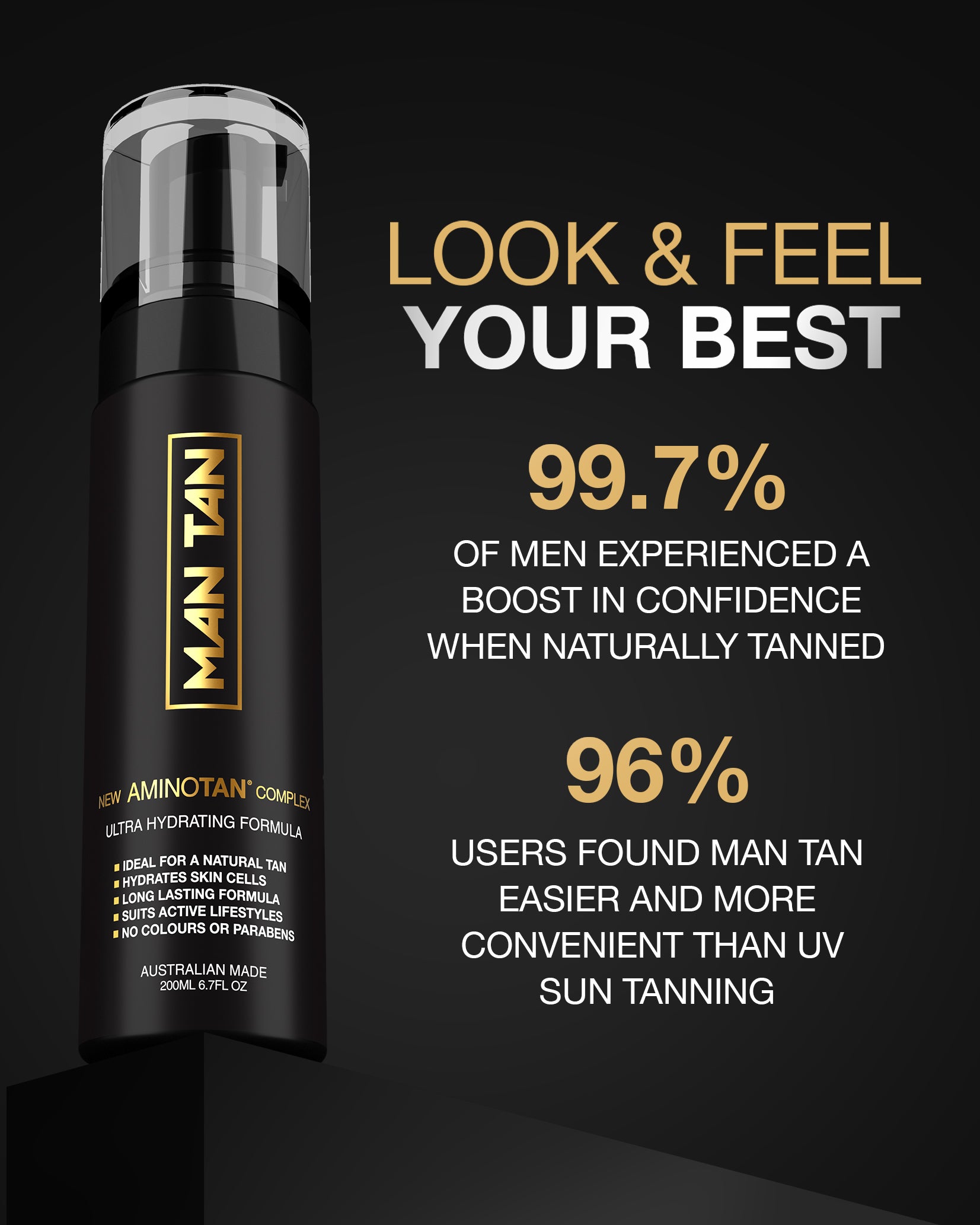Understanding The Interesting Science Behind Fake Tan
There's no doubt that fake tan has come a long way in recent years. No longer are we limited to products that leave us looking orange and streaky. These days, there are endless formulations, shades, and application methods to choose from. Now, getting that natural-looking fake tan is easier than ever before.
However, it would be nice to know the science behind getting that fake tan. Have you ever wondered how you get tanned without being under the sun? What’s the secret to this form of tanning when the sun is taken out of the equation? Well, read on to have answers to these enquiries. You will surely be amazed.
First, the ingredients
There are lots of fake tans on the market, and they all have different ingredients. The most common are DHA, erythrulose, and dihydroxyacetone. DHA is sugar that interacts with the proteins in your skin to create that brown/golden hue. Erythrulose is also another kind of sugar that particularly produces a red colour. Dihydroxyacetone is a chemical that reacts with the amino acids in your skin.
Some fake tans also contain caffeine, which can help in tightening your skin. Others contain antioxidants that can help in protecting the skin from sun damage. Fake tans also often contain moisturisers which help in keeping your skin hydrated.
If you are looking for a safe and effective fake tan, it is highly recommended to pick one that contains DHA, erythrulose, and dihydroxyacetone. These ingredients have been shown to be safe and effective while giving you a natural-looking tan.
Now, the interesting bit- How it works
When you fake a tan, you are essentially applying a solution that contains dihydroxyacetone (DHA) to your skin. DHA is a colourless sugar molecule that reacts with the amino acids in the dead cells on the surface of your skin to create a brown complexion.
So, why does this reaction only occur on the surface of your skin? Well, it has something to do with the fact that DHA is a small molecule that can penetrate into the upper layers of your skin (the epidermis). But, it does not do anything to the lower layers (the dermis). As such, it only comes into contact with the dead cells on the surface of your skin. Therefore, it only leads to a temporary change in colour.
So there you have it, the science behind fake tan! Now that you know how it works, you can go forth and get that perfect bronze glow without worrying at all.



Share: